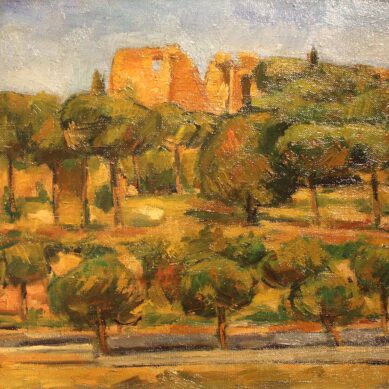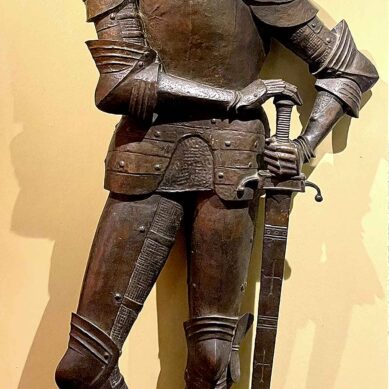You searched
Painter
Enrico Tarenghi
Are you interested in the sales or the purchase of his artworks?
We buy works of this artist
and of other painters and sculptors from the 16th century to the first half of the 20th century
The Berardi gallery offers a free and without obligation service for evaluation of ancient and modern art . To find your way in the art market, very complex and full of nuances, it is better to rely on a professional consultant who can answer fast and concretely to your needs. The clarity of the answers will resolve effectively the need to estimate or sell an asset.
Contact us immediately without commitment
Answers also in 24 hours:
Enrico Tarenghi
Enrico Tarenghi
Enrico Tarenghi was born in Rome in 1848. A pupil of the portraitist and academic painter Alessandro Capalti, he immediately marked his career on genre subjects. Specialising above all in interior scenes treated with attention to light and impeccable drawing quality, he made his debut at the 1876 Mostra degli Amatori e Cultori di Roma with The Mother.
From genre scenes to Orientalist subjects
This was followed by assiduous participation in various national exhibitions, starting with the one in Turin in 1880, where he presented Return from Work. During these years, he made a gradual transition from simple and familiar genre paintings to views of Rome enlivened by scenes in antique costume, to frivolous and witty neo-eighteenth-century scenes and to the more popular Orientalist subjects. In 1881, he exhibited The Prayer of Mohammed at the National Exhibition in Milan, while in 1883 he presented Fulvia and Abbazia di San Gregorio in Venice at the National Exhibition in Rome.
The Association of Roman Watercolourists and the studio in Via Margutta
In 1882, he joined the Association of Roman Watercolourists, concentrating on the depiction of hidden corners of the city such as cloisters and courtyards, as Giulio Marchetti writes: “Tarenghi gave watercolour a new world: the cloister. If by chance you come across a group of nuns praying in the mystic half-light of a choir or an eminence intent on a game of chess in the corner of a hall […] you can be sure that the work came out of Tarenghi’s brush” (G. Marchetti, La critica, I, 1894, pp. 80-81). These intimate cloistered scenes, however, were also increasingly joined by the choice of a fairytale-like and dreamy Orientalism, which he shared with artists such as Nazzareno Cipriani and Gustavo Simoni, whose studio in Via Margutta he was a neighbour of. Simoni in particular travelled to Algeria and Tunisia in the late 1970s and it is probable, but still uncertain, that Tarenghi, together with Filippo Bartolini visited Algeria in the same period.
The passion for statuesque and static figures immersed in the teeming environments of North African cities distinguishes Tarenghi’s exoticist painting, as can be seen in Cafè with music, a watercolour on paper that perfectly embodies that taste for the dreamy imagery of Arab fantasies, which was highly appreciated by the international market of the time. Although Tarenghi was part of that circle of painters very close to the legacy left in Rome by Fortuny, in Orientalist scenes, he preferred a more balanced brushstroke and a more present drawing, accompanied by a harmonious and diffuse luminosity, to the brilliant and dynamic touch of the Spanish master.
Elena Lago






